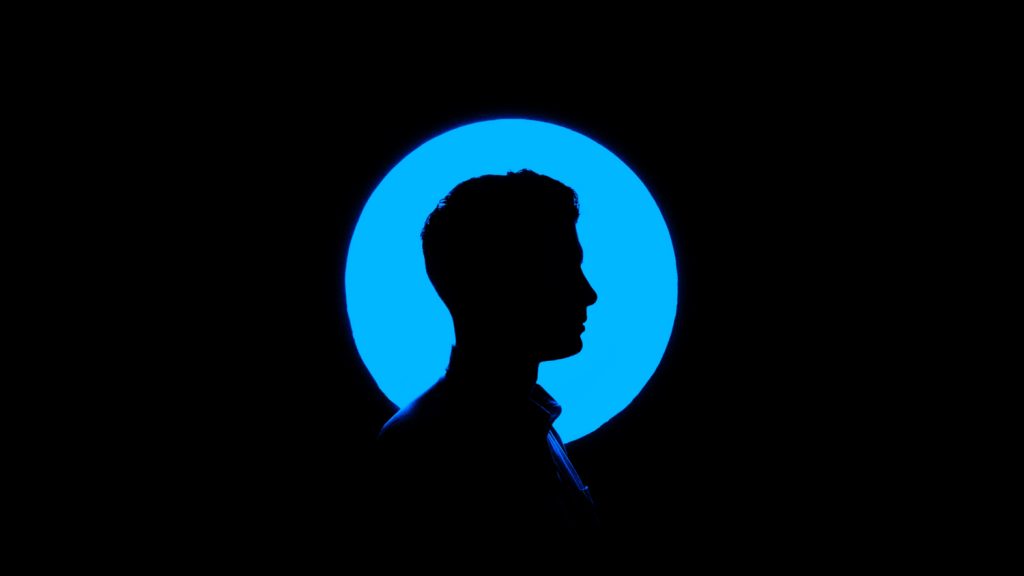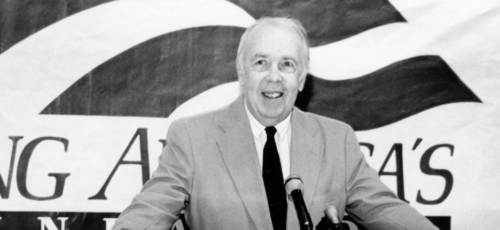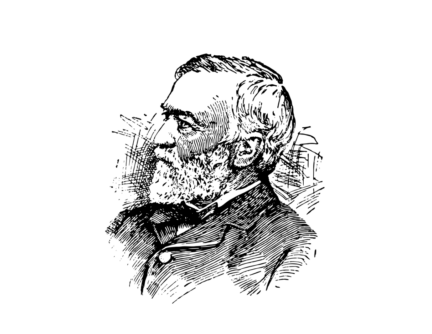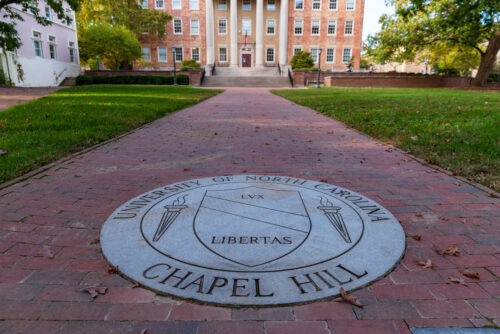Science writer Brian Gallagher looks to game theory and Larry David to try to tackle this question.
Not everyone who gives anonymously has something to hide, as if rejoicing in being behind the scenes manipulators, fiendishly flooding the market with “dark money” to advance their indisputably nefarious schemes.
What if the reasons people give anonymously are…complicated? Brian Gallagher, who blogs for the science magazine Nautilus, looks at some of the reasons people give anonymously in his article, Larry David and the Game Theory of Anonymous Donations.
Gallagher begins his discussion by looking at a 2007 episode of “Curb Your Enthusiasm.” Larry David is going to go to a big reception where he will receive honors for having made a substantial contribution to the Natural Resources Defense Council. The NRDC has an exhibit at a tony art museum, and one part of the exhibit says, “WING DONATED BY LARRY DAVID.”
But when David and his wife get to the museum, they find that another donor, who is credited as “WING DONATED BY ANONYMOUS,” has topped them.
Mr. Anonymous isn’t really anonymous—he’s Ted Danson, David’s long-time rival. Moreover, Danson, who showed up at the event, has told all his friends that he is the anonymous donor. Even Sen. Barbara Boxer, who has shown up to praise David for his gift, points a finger to Danson and says, “You’re number one in my book.”
David is verklempt. “It seems like I did it for the credit, as opposed to Mr. Wonderful Anonymous,” he fumes. “Nobody said I could be anonymous and tell people. Why can’t I have that option?”
A paper in Nature Human Behavior by three evolutionary biologists led by Harvard’s Moshe Hoffman might answer David’s question.
“Donations are never fully anonymous,” Hoffman and his colleagues write. “These donations are often revealed to the recipient, the inner circle of friends or fellow do-gooders.” These “few privy observers” not only know the generosity of a donor, but also “are also likely to infer that the generosity was not motivated by immediate fame or the desire for recognition of the masses.”
Gallagher explains that the behavior of anonymous donors can be explained by what game theorists call “signal-burying.” The game consists of three kinds of senders or donors—low, medium, and high, and two kinds of receivers, strong and weak. Strong receivers are people who are close to a donor, and weak ones are members of the general public.
High donors are those who make large donations. What game theorists learn is that the high donors receive satisfaction for keeping big donations quiet (or what they call “signal-burying”) only if their strong-receiving close friends know and approve what they’re doing. Making an anonymous donation, or what, in game theory, is burying the signal of a gift, “allows high senders to gain access to some strong receivers (who would have rejected the clear signal but accept buried signals when they are revealed).” But making an anonymous gift causes donors to signal to their friends that their gift is authentic. Or, as Hoffman and his associates write, anonymity “is based on the intuition that making a positive signal harder to spot can serve as a signal in itself.”
Of course, social science reduces human behavior to categories that can be measured, and there are lots of reasons why people give anonymously, including religious ones. George Eastman, for example, anonymously gave $20 million to M.I.T. between 1913 and 1920. The school’s president, Richard Cockburn Maclaurin, decided to call Eastman “Mr. Smith.” M.I.T students speculated about who Mr. Smith was, including this song (to the music of ‘Marching Through Georgia’):
“Hurrah! Hurrah! For Tech and Boston beans
Hurrah! Hurrah! For ‘Smith,’ who’er that means,
May he always have a hundred million in his jeans,
So we’ll get—what we want—when we want it.”
Eastman kept his secret for seven years, and even attended an alumni banquet where everyone was speculating about who “Mr. Smith” was. Eastman was there because he publicly gave $300.000.
We don’t know why Eastman gave, but he must have gotten some pleasure from being the person everyone talked about at a banquet. I’m sure a lot of anonymous donors get satisfaction from being the center of attention at events where they donate and are unknown. But I’m sure there are lots of other reasons why anonymous donors give that can’t be measured by game theorists.
One example is donors that give to controversial causes, and they fear that if their donation is revealed they’ll be subject to retribution. That was the case in the late 1950s, when the state of Alabama demanded that the NAACP tell them who their donors were. In NAACP v. Alabama (1958), the Supreme Court unanimously ruled in favor of donor privacy. The “freedom to engage in association for the advancement of beliefs and ideas is an inseparable aspect of the ‘liberty’ assured by the Due Process Clause of the Fourteenth Amendment,” Justice John Marshall Harlan wrote for the majority. (Sean Parnell discusses NAACP in his Philanthropy Roundtable paper Protecting Philanthropic Privacy, which is available here).
So while the paper in Nature Human Behavior is interesting, it’s not entirely persuasive. But I’m grateful to Brian Gallagher for introducing me to “The Anonymous Donor” episode of “Curb Your Enthusiasm,” which is one of the funniest shows about philanthropy I’ve ever seen.






